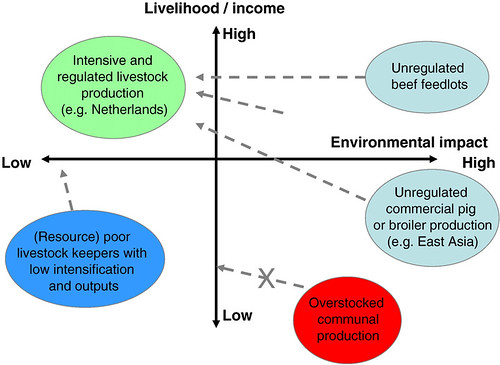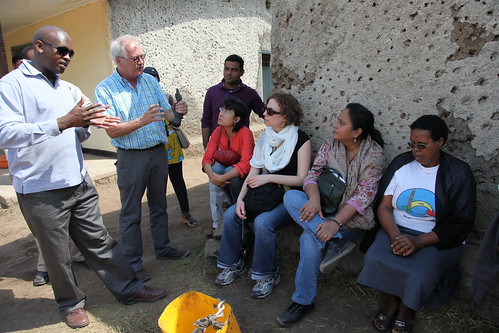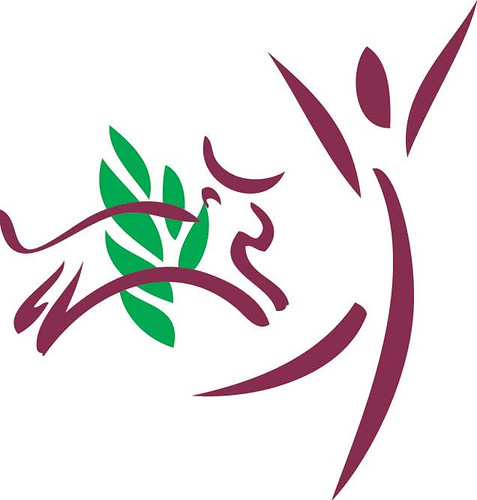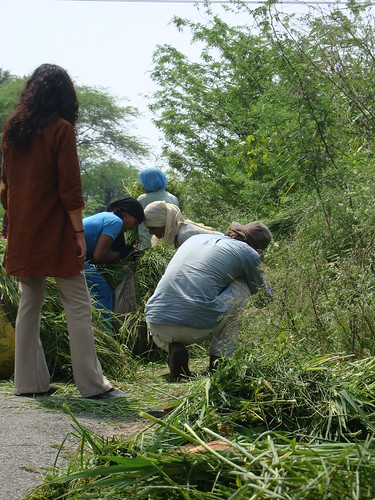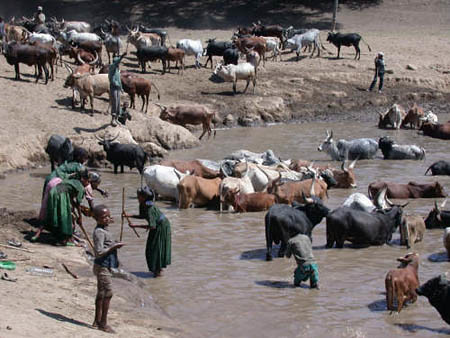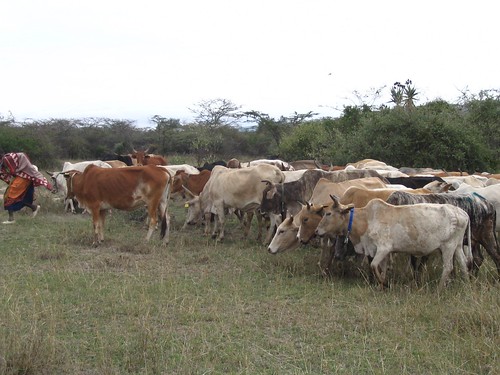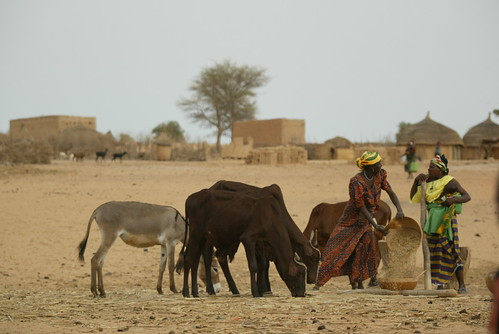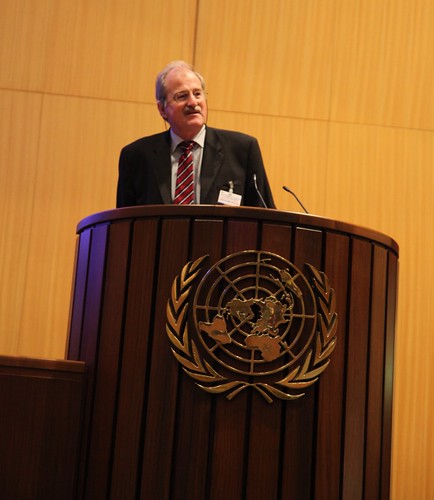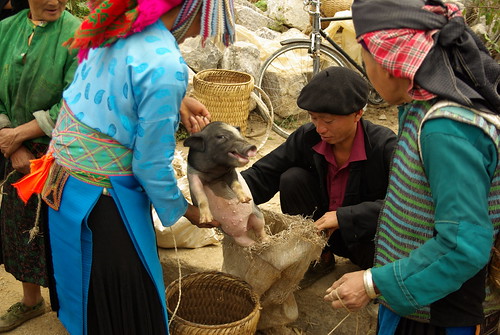CGIAR Research Program 3.7 on livestock and fish: Opening slide in a series of 16 slides presented by ILRI director general Carlos Seré to the CGIAR Fund Council 6 April 2011 (credit: ILRI).
Carlos Pérez del Castillo, on behalf of the Consultative Group on International Agricultural Research (CGIAR) Consortium Board, which he chairs, wrote the following earlier this year in a cover letter to submission of a research proposal for consideration and approval by the CGIAR Fund Council.
‘The Consortium Board (CB) of the CGIAR has the pleasure to submit to the Fund Council (FC), for its consideration and approval, the CGIAR Research Program (CRP) 3.7, entitled “More Meat, Milk and Fish by and for the Poor.”
‘This proposal, submitted by ILRI (lead center), CIAT, ICARDA and WorldFish, focuses on improving productivity and profitability of meat, milk and fish for poor producers. This CRP constitutes a key link in the overall chain of impacts of the Strategy and Results Framework of the CGIAR. The CB considers that this research area, which has received relatively low attention from donors up to now, is of strategic importance for the livelihoods of the poor in developing countries. The challenge in this CRP is to set up market chains that fully address the special needs and circumstances of the poor smallholders and fishermen.
‘An additional challenge, fully in line with the spirit of the reform, is to create new research synergies by working on productivity improvement for livestock and fish in a more integrated manner than before the reform. The Board particularly appreciates the genuine integration of activities across the participating CGIAR centers that are proposed, and the overall quality of this proposal. We think that the proponents of this CRP have laid the ground for very innovative breakthroughs in research for development. . . .
‘The CB considers that the impact pathways described in the various log frames presented in the proposal are convincing. The identification of the eight target value chains is likewise a good mechanism for clearly focusing the work on addressing development challenges. The CB concurs with the referee who states that this is a very innovative dimension of the proposal, and a very effective one as well. ‘Concerning quality of science, the Board concurs with the referees that it is sound. The Board appreciates the explanation of the value addition of ILRI and WorldFish working alongside on genetic issues, as well as the description of the value chain development work. For the CGIAR, these are novel, and much needed, approaches.’
Read the full proposal: ILRI: CGIAR Research Program 3.7: More meat, milk and fish by and for the poor—Proposal submitted to the CGIAR Consortium Board by ILRI on behalf of CIAT, ICARDA and the WorldFish Center, 5 March 2011.
CGIAR Research Program 3.7 on livestock and fish: First in a series of 16 slides presented by ILRI director general Carlos Seré to the CGIAR Fund Council 6 April 2011 (credit: ILRI).
View the whole slide presentation on this proposal made by ILRI director general Carlos Seré to the CGIAR Fund Council on 6 April 2011 in Montpellier, France.



